Army of Tanzania. How are the People’s Defense Forces organized and what is an interesting reserve training system
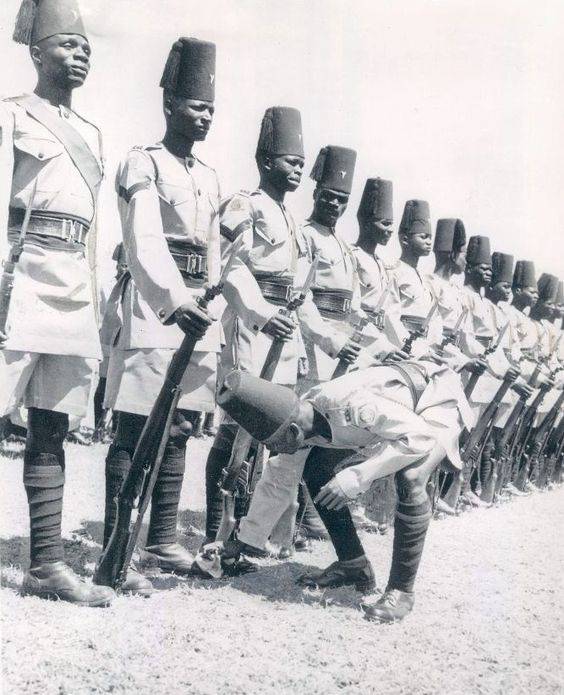
The history of the Tanzanian army goes to the colonial era. When at the end of 1880's The East African coast became a German colony, the Guard forces of East Africa were created. Initially, people from Sudan and Mozambique served in them, but then they began to recruit local residents. After the defeat in the First World War, German East Africa became a British mandated territory called Tanganyika. At the same time, on the basis of the German colonial troops, which were called “Ascari”, the 6 th battalion of the Royal African Riflemen, the British colonial forces of East Africa, was formed. African shooters took part in the Second World War, in a number of local armed conflicts.
After the Tanganyika independence was proclaimed in 1961, on the basis of the 6 and 26 battalions of the Royal African Riflemen, from 1957 called East African land forces, the ground forces of the sovereign Tanganyika, the “Tanganyika Arrows”, were created. They were under the command of British officers and did not have a special loyalty to the government. In January, 1964, in parts of the Tanganyika Strelkov, a rebellion against the government broke out, but the loyal government forces succeeded in suppressing it. After that, the regiment of Tanganyika Strelkov was disbanded, and all of its servicemen were dismissed from military service. Instead of the Tanganyika Strelkov, it was decided to form on a fundamentally different basis the new armed forces of the country, as the republic’s leadership concluded that the British model was unsuitable for the formation of armed forces of a sovereign African state. In September, the National Defense Forces of Tanzania were officially established on 1964.
The main objective of the People’s Defense Forces was proclaimed the protection of Tanzania from external threats. The backbone of the People’s Defense Forces was made up of members of the youth wing of the Tanganyika African National Union, from which young people were selected as candidates for officer posts. By 1967, 4 infantry battalions were created, but the air forces remained extremely small and weak, and the navy had not yet been formed. From 1964 to 1974, for ten years, the Tanzanian army was commanded by Brigadier General Misho Sarakikiya, who received his military education at the renowned British Royal Military Academy in Sandhurst. Under his leadership, the formation of the country's armed forces took place. In 1972, the People's Defense Forces of Tanzania numbered 10 thousand people. They included 4 infantry battalions, and were armed with 20 tanks T-59, 14 Chinese T-62, several BTR-40 and BTR-152, Soviet and Chinese artillery pieces and mortars. In 1974, General Sarakikiya was replaced by Lieutenant General Abdallah Talipo, who commanded the People's Defense Forces until 1980. It was under his leadership that the Tanzanian army participated in the war with Uganda in 1978-1979. and in ensuring the socialists came to power in the Seychelles in 1977
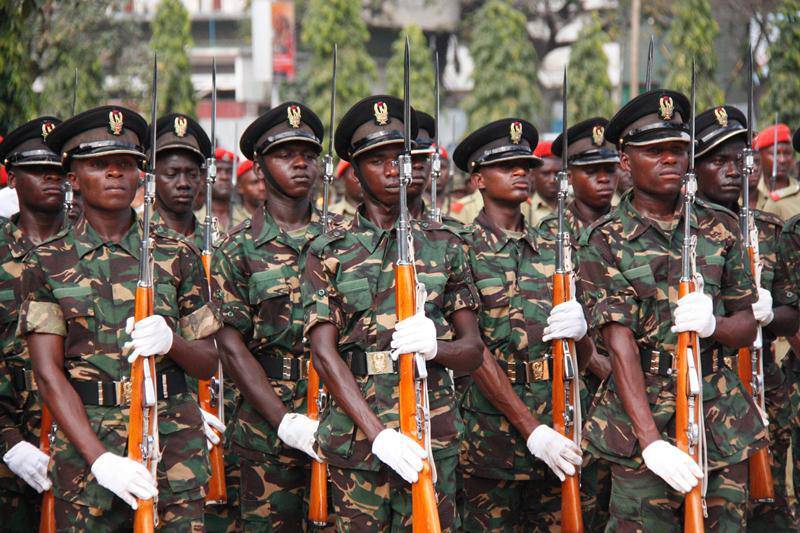
5 June 1977 in the Seychelles came to power the United Party of the People of the Seychelles, led by the socialist Frans Albert Rene. The militants of his party who took part in the coup were trained in Tanzania, and they were supported by a detachment of Tanzanian military. After Rene began to create an army of Seychelles, 12 military advisers arrived from Tanzania. By 1980, the Seychelles had 140 Tanzanian military personnel, including 30 instructors, who trained the Seychelles military. It was precisely to Tanzanians that René was obliged to preserve his power during numerous attempts at coups. Only in April, 1983, most of the Tanzanian military advisers, who by this time reached 200 people, went home, and the North Korean military arrived at the Seychelles (later, the number of instructors from the DPRK increased to 55 people).
In 1978, war broke out with neighboring Uganda. Back in 1971, in Uganda, Idi Amin Dada came to power, establishing a bloody dictatorship. With Julius Nyerere, the President of Tanzania, Idi Amin had a difficult relationship. Amin strongly showed an aggressive and dismissive attitude towards Nyerere. Being a strong man and a former boxing champion, Amin even called Nyerere to the boxing ring - apparently he decided that such a call would humiliate the former teacher Nyerere, who was not distinguished by health and physical strength. Nyerere, of course, did not respond to the call. But which followed in 1978-1979. the war between Uganda and Tanzania answered the question of which of the two countries is stronger. The main cause of the war was the help that Tanzania provided to the Ugandan opposition.
1 November 1978, the Ugandan army invaded Tanzania and occupied the area west of Lake Victoria. Idi Amin, who invested heavily in the army, was convinced that he would be able to carry out a lightning and victorious military campaign. But he was wrong. The clash with Tanzania was fatal for his regime. By the time of the outbreak of hostilities, the number of Ugandan armed forces reached 70 thousand people and they were 1,5 times superior to the Tanzanian army, where 45 thousand people served. In addition, Idi Amin’s disposal was 200-300 of Palestinian militants whose camps were in Uganda. On the side of Tanzania, in turn, were a few detachments of the Ugandan opposition. However, mobilization began in Tanzania, which allowed an increase in the number of armed forces to 100 thousand people. By December 1978, Ugandan troops were driven out of Tanzania, after which the last president, Julius Nyerere, decided to bring the Tanzanian army into Uganda and continue the war until the overthrow of Idi Amin Dada’s regime. Did not help the latter and his friend Muammar Gaddafi. About 3 of thousands of Libyan soldiers and instructors arrived in Uganda, but they could not help the Ugandan troops to avoid defeat. 11 April 1979 The Tanzanian People’s Defense Forces and the Ugandan armed forces took the capital of Uganda, Kampala. Go Amin Dada fled the country. More than 1000 Ugandan soldiers and 600 Libyan military personnel died in the fighting, about 500 soldiers died from Tanzania, and about UNanda National Liberation still lost about 100. Thus, Tanzania has demonstrated its military power to the entire continent, having defeated a much more well-armed and large army of Idi Amin, in addition having destroyed a third of the Libyan expeditionary force.
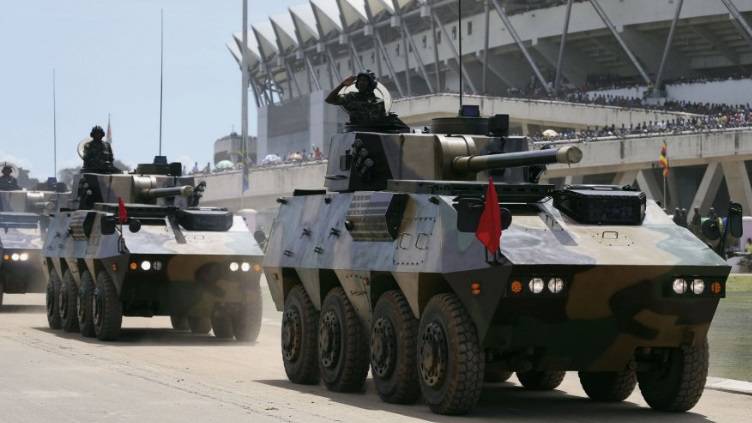
By the beginning of the 1990's. The population of the Tanzanian People’s Defense Forces was 45 thousand people. Less than half of them were conscripts called for two years from 18, and the rest were officers, non-commissioned officers and contract service soldiers. The structure of the Army divisions were 3, 8 1 infantry and armored brigades, 2 battalion of field artillery and anti-aircraft artillery battalion 2, 2-mortar battalion, an antitank battalion 1, 1 engineering regiment odnobatalonnogo 1 composition and anti-aircraft missile battalion. By 2000. The modernization of the armed forces was carried out.
At present, the People’s Defense Forces of Tanzania include the Ground Forces, the Air Force and the Navy, as well as the National Service. The ground forces include 5 infantry and 1 tank brigades, 3 artillery divisions, 2 anti-aircraft missile air defense divisions, 1 mortar and 2 anti-tank battalions, 1 engineering regiment (the size of a battalion) and 1 army logistics center. The armament of the ground forces is quite powerful by African standards. These are 70 BRM (25-40 BRDM-2 and 30 BRDM-1); 90 armored personnel carriers (about 30 Soviet BTR-152 and up to 25 similar Chinese Tour 56, 20 Chinese Tour 63, 10 modern Tour 92A and 4 ZFB-05, 5 armored personnel carriers "Kasspir" South African production); 10 Chinese self-propelled guns Tour 07R (PLL-05) (120 mm); more than 300 towed guns of Soviet and Chinese production (including: 46 Soviet ZIS-3 (76 mm), 75 Chinese Tour 56 (85 mm), 20 Soviet D-30, 120 Chinese Tour 54-1 (122 mm), 30 Chinese Ture 59-1 and 40 Soviet M-46 (130 mm); about 500 Soviet mortars (350 (82 mm), from 50 to 135 M-43 (120 mm)) and 70 MLRS - 58 Soviet BM-21 (122 mm), 12 Chinese A-100s, copied from the Soviet "Tornado" (300 mm); 96 ATGMs (72 "Baby" and 24 "Dragons"); 42 MANPADS "Strela-2M" and 128 anti-aircraft weapons, several Chinese air defense systems FB -6. In addition, the ground forces have an army Aviation with American planes and helicopters in service.
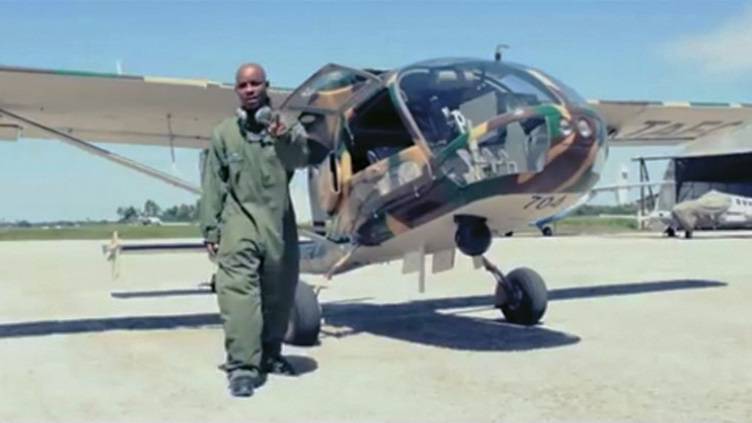
The Tanzanian Air Force (officially called the Air Command) is also quite good by African standards. Their arms are up to 52 fighters - Chinese J-6 and J-7, to 16 Soviet MiG-21MF, transport planes - 1 American 'Gulf Stream-550 », 2" Cessna-404 », 1 RA-32, 1 British HS -125, 2 Chinese Y-8 and 1 Y-5, 2 An-28 Polish production, 1 Dutch F-28 and 1 F-50. The Air Force also has helicopters - 2 American AB-205 (2, possibly, in storage) and 2 AB-412, 4 French SA316. The Air Force consists of air defense forces - 6 of the C-125 anti-aircraft missile divisions (24 launchers), 1 anti-aircraft missile regiment "Cube" (12-20 PU). In addition, the air defense weaponry are 4 Chinese SAM FB-6A, 158 MPADS "Arrow-2», 50 "needle-1", 100 Chinese FN-6, 160 flak (40 memory-23-2, 120 61-K ).
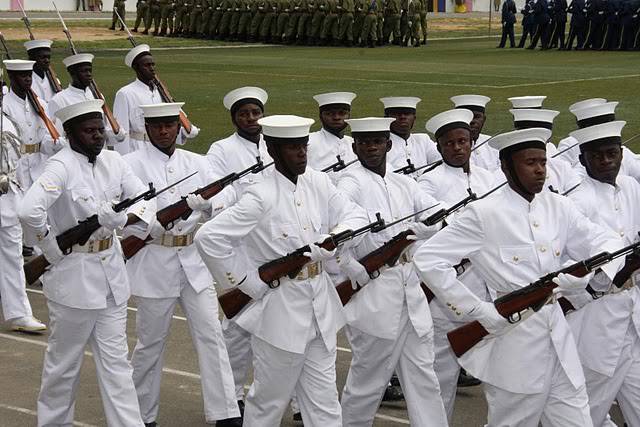
Tanzanian naval forces (officially - Naval Command) are based on the Indian Ocean coast and are armed with 2 Chinese Huchuan-type torpedo boats, 10 patrol boats (2 of Ngunguri type, Shanghai 2, Chinese-type) 2-037 and 1 of the Mwitongo type, 2 of the English type “Vosper”), as well as 2 landing craft of the Yucin type, made in China.
The command of the People’s Defense Forces is carried out by the commander, the chief of staff and the commanders of the ground forces, air force and naval forces. At present, the commander of the defense forces is General Davis Mwamunyange, the chief of staff is Lieutenant-General Venance Mabeyo, the commander of the land forces is Major-General James Mwakibolva, the air force is Brigadier General William Ingram, and the naval forces are the Major-Major. . The national service is headed by Brigadier M.V. Islamhuo. The Popular Defense Forces established a system of military ranks of the British sample: 1) General, 2) Lieutenant General, 3) Major General, 4) Brigadier General, 5) Colonel, 6) Colonel, 7) Major, 8) Captain, 9) First Lieutenant, 10) Second Lieutenant, 11) Warrant Officer 1 Class, 12) Warrant Officer 2 Class, 13) Staff Sergeant, 14) Sergeant, 15) Corporal, 16) Junior Corporal, 17) Sergeant, Row. The same titles established in the Air Force and Navy. The red color of the parade uniforms of the Tanzanian army troops testifies to the past of Tanganyika as a British mandate territory.
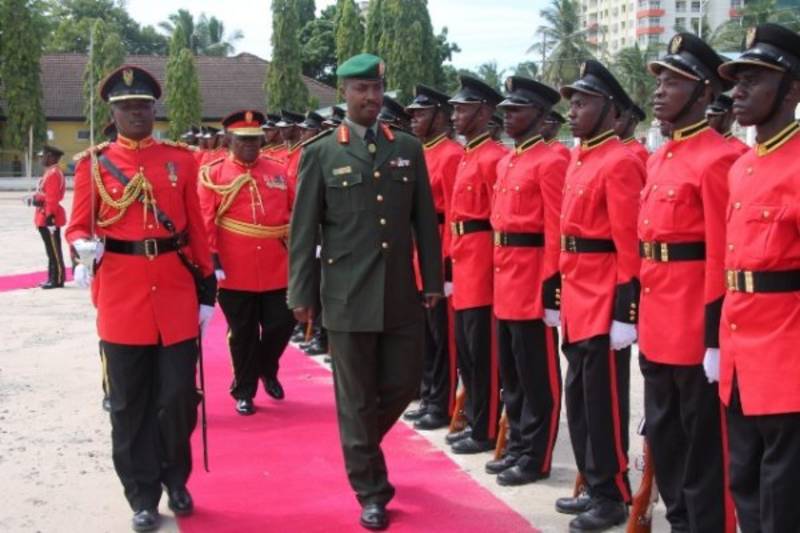
Demonstrating a neutral and peace-loving policy, the Tanzanian leadership nevertheless provided serious military assistance to the numerous national liberation movements of the African continent, primarily in South Africa, Mozambique and Angola. In 1980-s. Tanzanian troops assisted the government of Mozambique in the civil war. Currently, the Tanzanian armed forces are one of the main components of the African part of the UN peacekeeping force. By 2013, the Tanzanian army participated in peacekeeping operations in the Democratic Republic of the Congo, in the Darfur province in Sudan, and the Tanzanian soldiers served in the UN Interim Force in Lebanon, the UN Interim Security Force in Côte d'Ivoire and South Sudan.
The Tanzanian People’s Defense Forces also includes a volunteer reserve — the National Service. It is an integral component of the national defense and security system. The main tasks of the National Service are the patriotic education of Tanzanian youth, assistance in emergency situations and natural disasters, assistance in economic development and construction. Young people called into the ranks of the National Service are taught not only the basics of military training, but also the professions that are necessary in civilian life, many receive a general secondary education. Young people from all parts of Tanzania, regardless of gender, religion or ethnicity, are called to the National Service.
The national service consists of three components. The first component is officers and non-commissioned officers serving in senior and instructor positions. The second component is civilian specialists. The third component is young volunteers undergoing training as part of the National Service. After completing the training, young people return to their daily activities, but some enter the contract service in the ground forces, air force or navy. In addition to military-patriotic and vocational training, the National Service is engaged in industrial and commercial activities. Thus, the National Service is a powerful prepared reserve for any critical situations - from armed conflict to natural or man-made disasters.
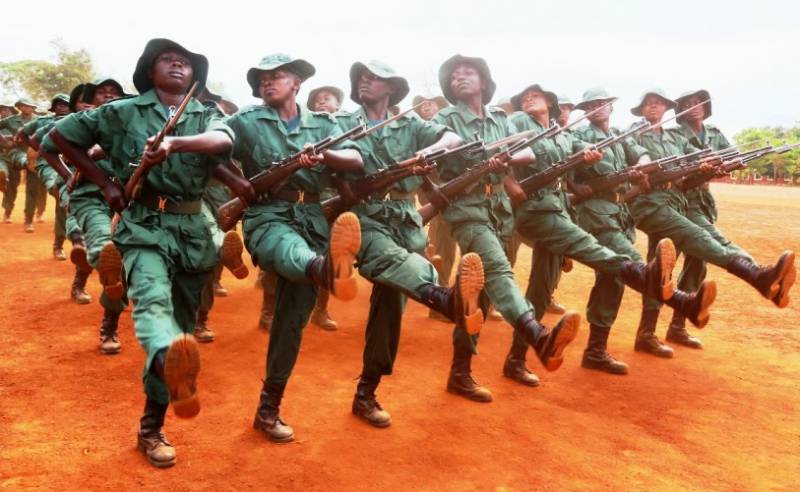
Information